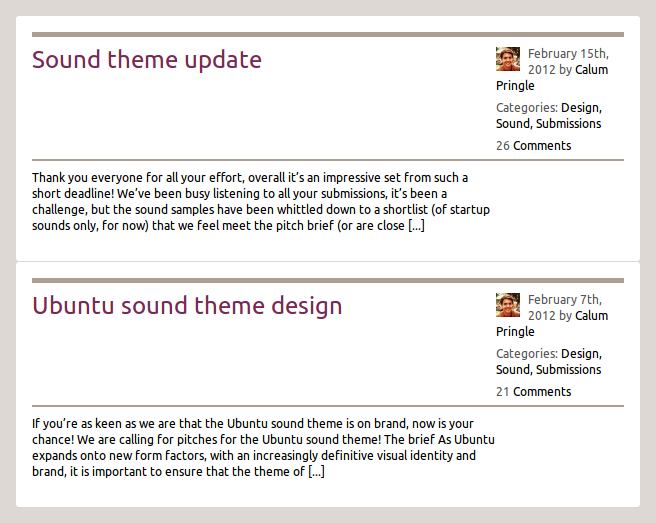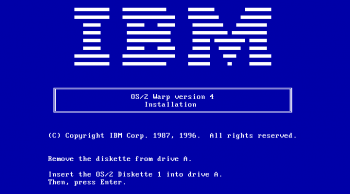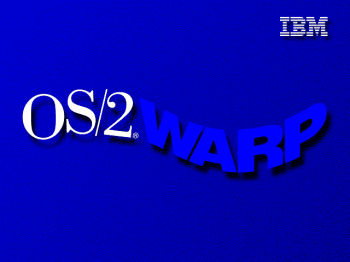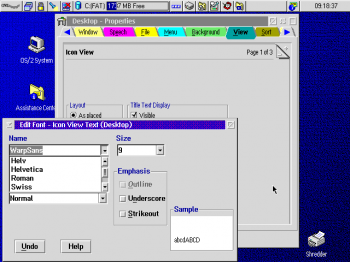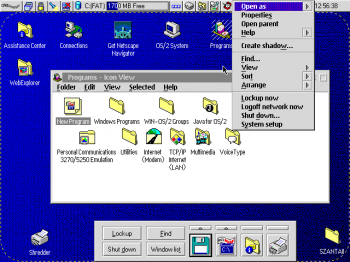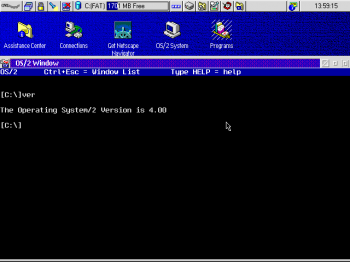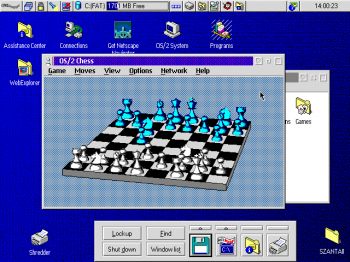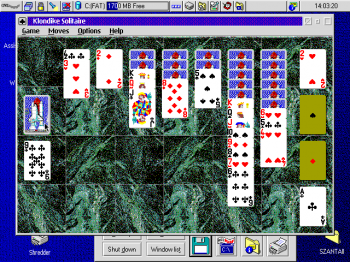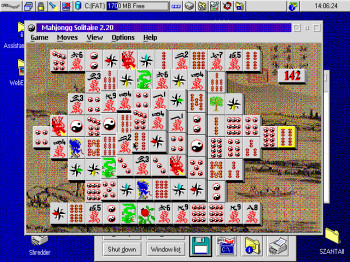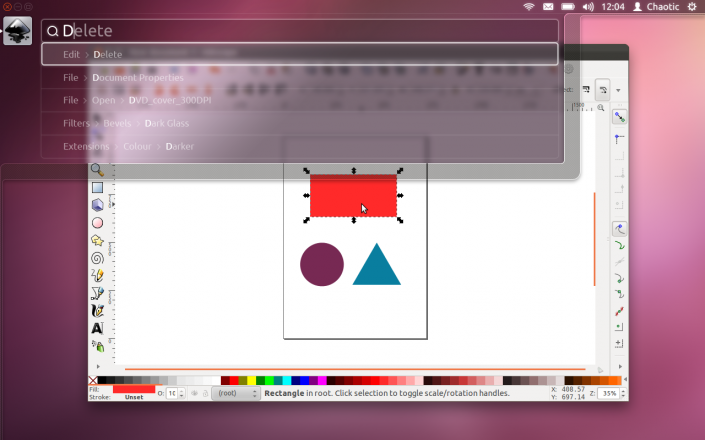Dear Esther is a ghost story, told using first-person gaming technologies. Rather than traditional game-play the focus here is on exploration, uncovering the mystery of the island, of who you are and why you are here. Fragments of story are randomly uncovered when exploring the various locations of the island, making every each journey a unique experience. Dear Esther features a stunning, specially commissioned soundtrack from Jessica Curry.
Forget the normal rules of play; if nothing seems real here, it’s because it may just be all a delusion. What is the significance of the aerial – What happened on the motorway – is the island real or imagined – who is Esther and why has she chosen to summon you here? The answers are out there, on the lost beach and the tunnels under the island. Or then again, they may just not be, after all…
About Dear Esther » Dear Esther
https://www.youtube.com/watch?v=D7VJ4lP-05A
Volt olyan pillanat, amikor kb. azt éreztem, mint a 2001: Űrodüsszeiában, amikor a Holdon állnak és mézik a monolitot, volt valami hasonló zene, de semmi paráztató, mint a horrorokban, de mégis felállt a hátamon a szőr.
Egy másik nézőpont egy barátomtól:
azert nezd meg, hogy mikkel jatszunk 05:32:06 PM csupa ilyen indilofasszal 05:32:11 PM meg retro gamékkal 05:32:14 PM merigy a quake akarhanyat mar nyilvan leszarjuk 05:32:24 PM szoval oregszunk 05:32:28 PM
Benne van ez is. Öregszünk.

Életem egyik legjobb játéka, ott van a Morrowind és a TTD mellett.
Egy másik, szintén elmés meglátással zárok:
ebben gyakorlatilag csak menni kell 05:32:51 PM null interakcio, csak igy bamulsz, befogadsz 05:33:01 PM es probalod osszerkani, hogy miafasz van 05:33:08 PM
És valóban.
7 Euró. Ennyit, sőt többet is megér.
